Alfred Russel Wallace (1823-1913) was a man of many talents - an explorer, collector, naturalist, geographer, anthropologist and political commentator.
Most famously, he had the revolutionary idea of evolution by natural selection entirely independently of Charles Darwin.
A life-changing friendship
Wallace was born in 1823 in Usk - now in Monmouthshire. After leaving school he worked at his brother’s surveying firm until he was hired as a teacher in Leicester in 1844. That year he formed a friendship with a local man and keen naturalist, Henry Walter Bates.
Bates introduced Wallace to the methods and delights of collecting beetles. Four years later the pair headed for the Amazon, having been inspired by stories of discovery in the New World and Oceania.
Adventures on the Amazon
Wallace and Bates arrived at the mouth of the Amazon in Brazil in 1848. Their aim was to investigate the origin of species. They financed the trip by collecting specimens and selling them.
After a short time exploring together, the two men split up in order to cover more ground. Wallace went north by river, collecting in areas previously unexplored by European naturalists. He amassed thousands of animal specimens, mostly birds, beetles and butterflies.
After more than four years collecting, Wallace sailed back to England but disaster struck on the high seas. The ship caught fire in the Atlantic and sank, along with virtually all his specimens and field notes. Fortunately, the crew and passengers were rescued by a passing ship.
Undaunted, Wallace started planning his next expedition almost immediately. Within a year he left England again and set sail for the Far East.
The Malay Archipelago and Wallace’s Line
Wallace began his travels through the Malay Archipelago - now Malaysia and Indonesia - in 1854.
While Indigenous and enslaved peoples’ contributions to natural history have often been overlooked by history books, unusually for this time period, Wallace acknowledged his local guide, a Malay teenager named Ali. Wallace wrote about their relationship in his biography, both about their collecting endeavours and how they supported each other.
Over a period of eight years, Wallace accumulated an astonishing 125,660 specimens, including more than 5,000 species new to western science.
He noticed a striking pattern in the distribution of animals around the archipelago. He proposed an imaginary line dividing the region in two parts.
Later known as Wallace’s Line, this marked the boundary between the animal life of the Australian region and that of Asia.
On returning home, Wallace published a travel book, The Malay Archipelago. His vivid account of the beautiful, undisturbed islands opened up a whole new world to readers.
Highlights include his colourful descriptions of birds of paradise and orangutans, and encounters with local inhabitants.
Wallace and Darwin
One day in 1858, while feverish and confined to his hut on the island of Ternate - now in Indonesia - Wallace had a realisation. He came to understand how species evolved - they changed because the fittest individuals survived and reproduced, passing their advantageous characteristics on to their offspring.
Wallace immediately wrote to someone he knew was interested in the subject, Charles Darwin.
Darwin had been working on the very same theory for 20 years, but was yet to publish. He sought the advice of his friends, who determined that the ideas of both men would be presented at a meeting of the Linnean Society. Darwin’s masterpiece, The Origin of Species, came out the following year.
From that time on, Darwin overshadowed Wallace and it has usually been his name alone associated with the theory of evolution by natural selection.
Wallace expressed no resentment at this - in fact he was Darwin’s greatest fan. His role in the matter, and Darwin’s support, ensured his entry to the highest ranks of the scientific establishment.
The surprising spiritualist
Wallace and Darwin did not agree on everything. Wallace, to the discomfort of many contemporaries, was a spiritualist.
He believed that natural selection could not explain the human intellect, and that the human spirit persisted after death.
A tireless thinker, he wrote widely on this and other diverse topics including land ownership, workers' rights, law, economics and museums. By the time of his death, Wallace had written more than 20 books and over 1,000 articles and published letters.
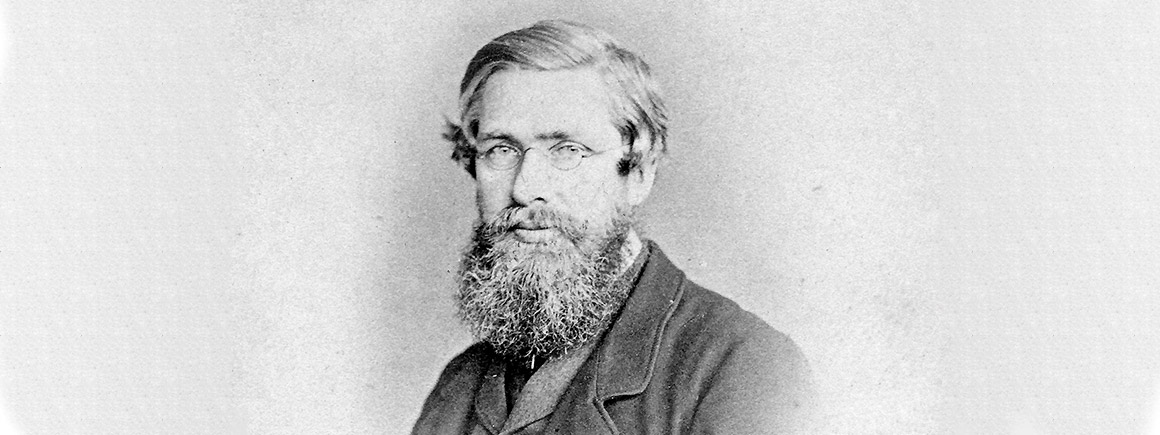
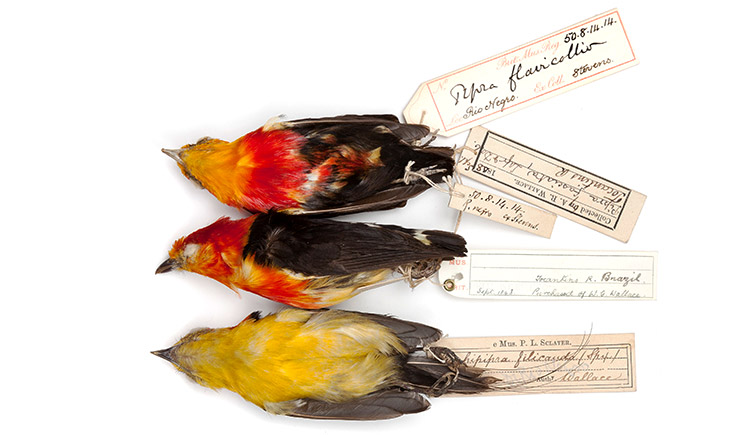


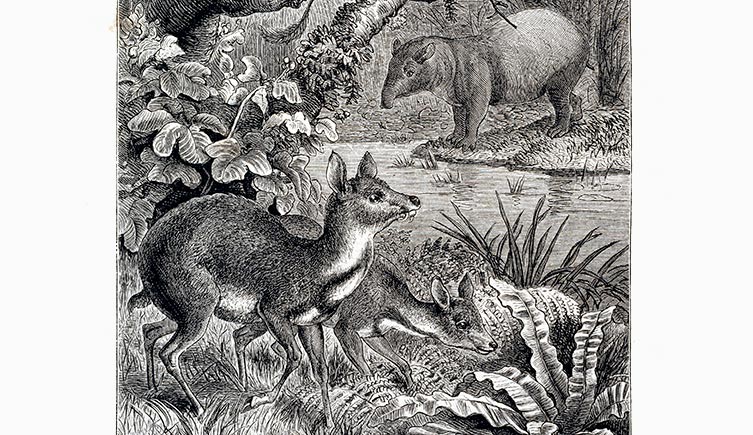
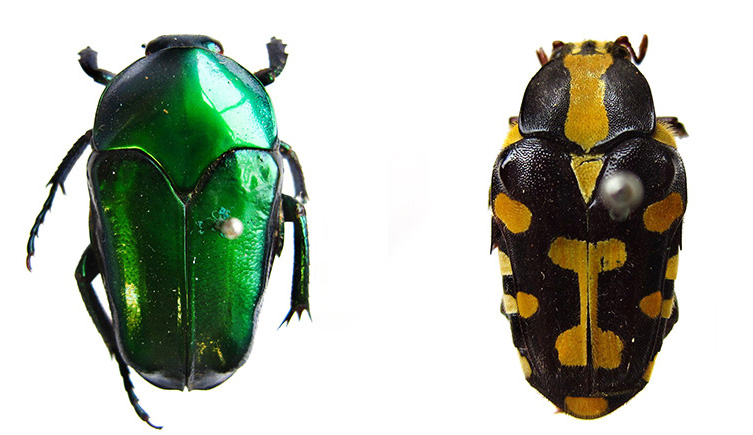

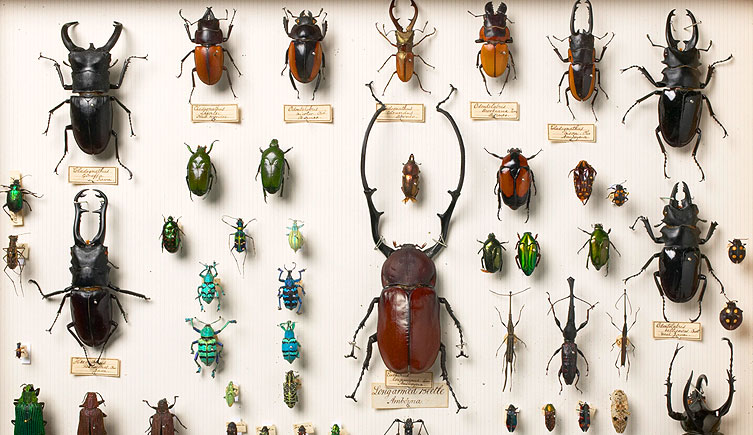
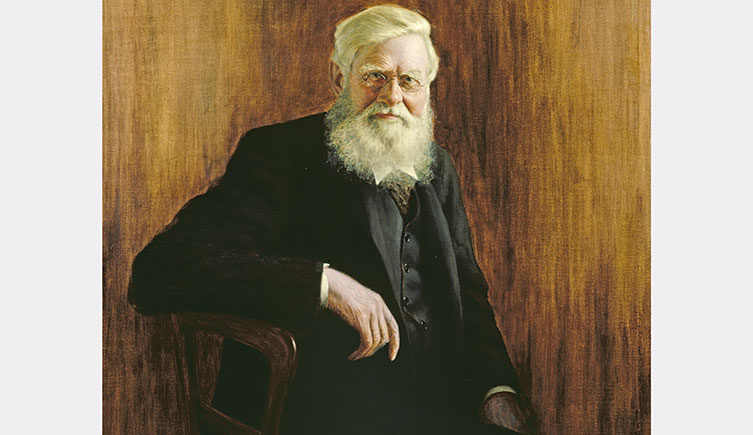
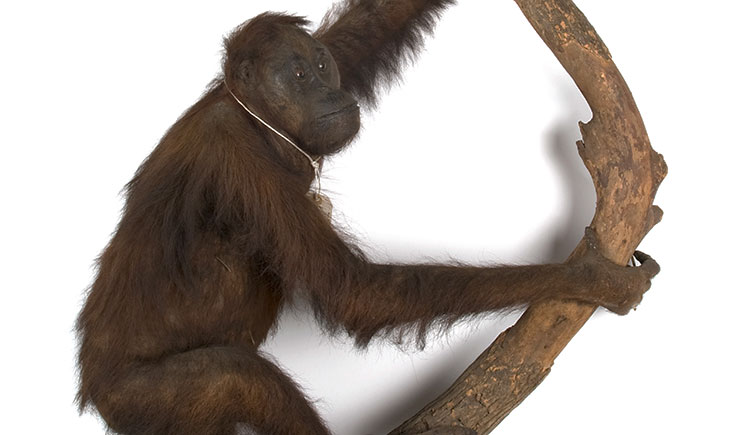

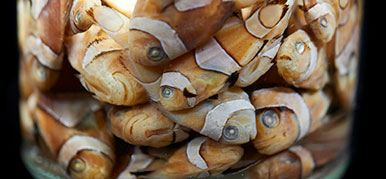
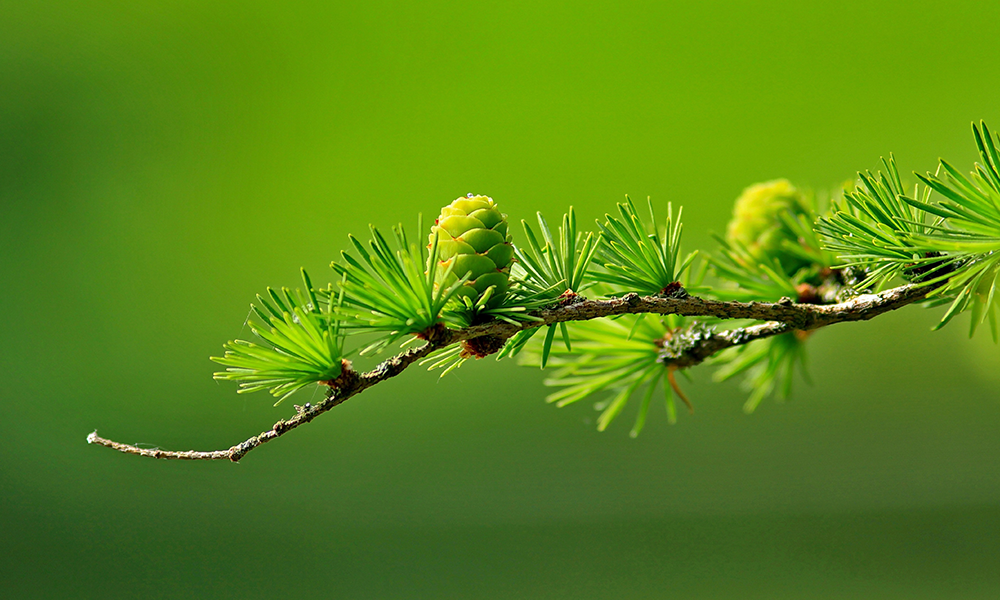

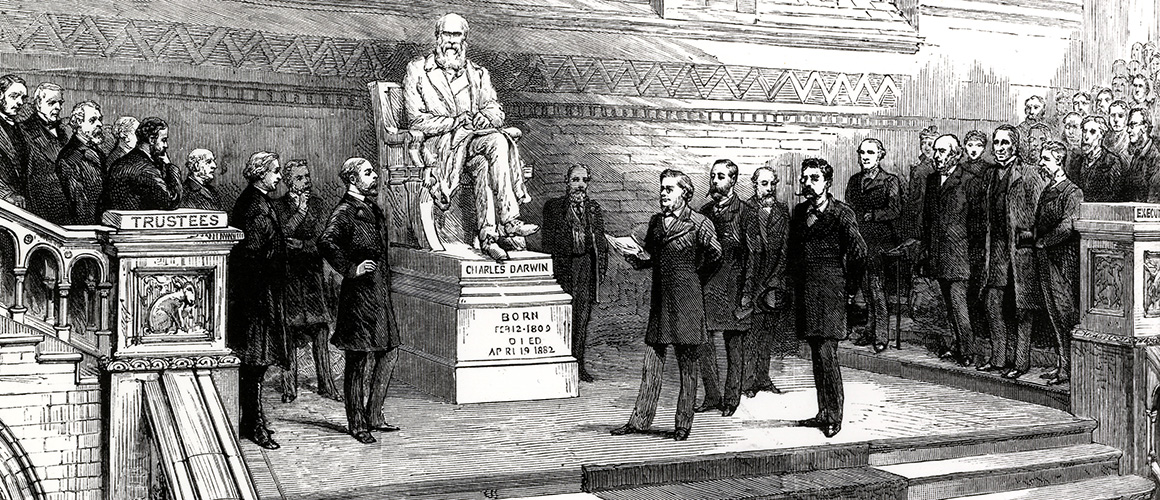
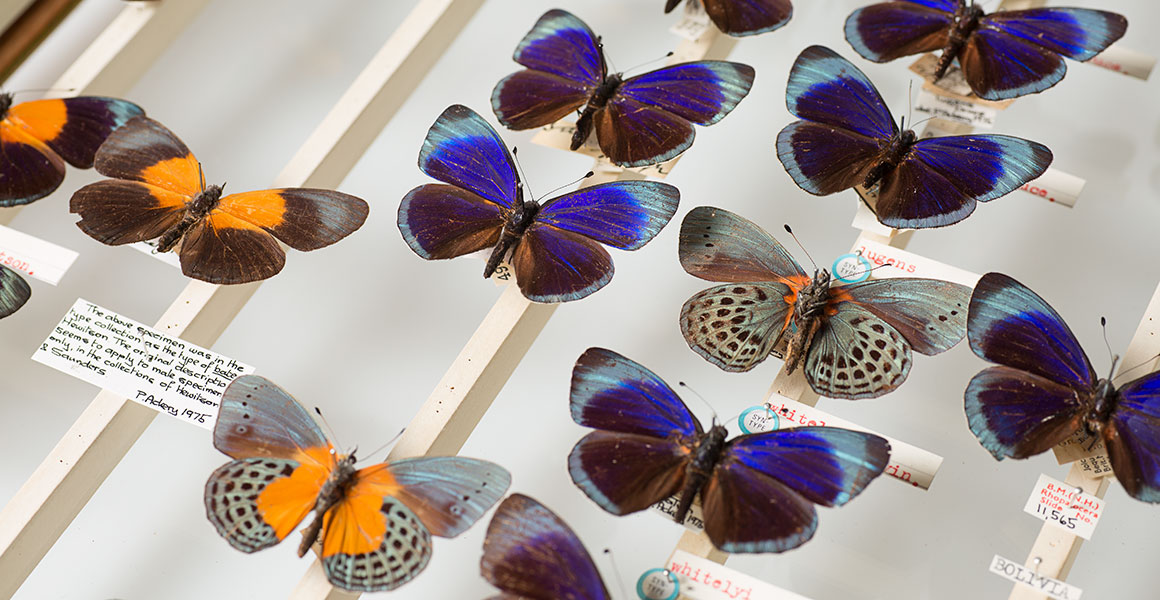

Don't miss a thing
Receive email updates about our news, science, exhibitions, events, products, services and fundraising activities. We may occasionally include third-party content from our corporate partners and other museums. We will not share your personal details with these third parties. You must be over the age of 13. Privacy notice.
Follow us on social media